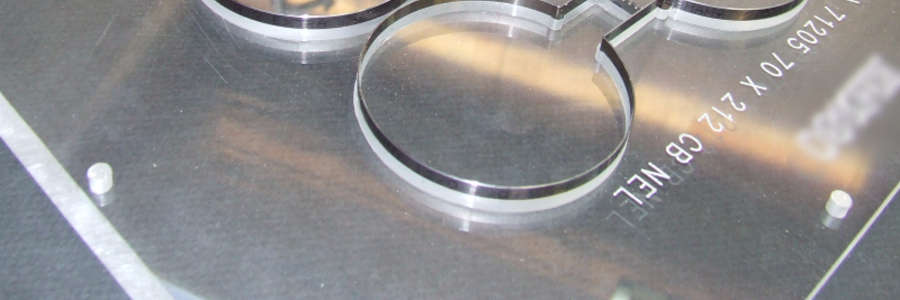Perf holds an important place in the die making world. It has multiple uses and specific types of perf are best for different applications. In this article you will learn the types of perf we use as die makers and for what job they are most appropriate.
To perforate is to make a hole or holes in something. Perf as a rule was originally used to give an alternative to crease when folding. Since then its usefulness has become more apparent, and now perf is used for:
Folding
Reverse Folding
Fold and Tear
Tearing
Fine Formes has specific types of perf that caters to each of these uses depending on the material being cut.
Folding is a very important part of die cutting. Perf essentially makes a cut and then a space along a line, causing weak points in the material. With these weak points lined up, an accurate fold line results. Generally, the perf used in folding is balanced – where the cut segments and gap segments are equal.
Reverse folding uses the same types of perf but serves the unique purpose of being able to fold backwards. Normal crease can only fold one way but perf is bi-directional. Both folding and reverse folding perf has larger cut and gap width when the material is thick. We can help with deciding on what perf is best for you depending on your individual circumstances.
There are many reasons why the product you are die cutting may need to tear, and perf is one of the only rules that make this possible. Similar to folding perf, but instead the cut is longer than the gap, making it unbalanced. This allows the material to be held until it is torn off as well as coming off cleanly. Depending on the material and thickness different ratios and widths of perf is best and Fine Formes can help with this decision.
To accomplish both folding and tearing, perf needs to have the perfect ratio and width of cut to gaps. Based on the material and thickness we can ensure that the product can fold to the degree you want without falling off but also tear cleanly when needed.
In the special circumstance of the material being very thin, we have an alternate type of perf that ensures tearing is clean without harsh marks. Thin material can be very difficult to tear without completely cutting it off in the first place, but microperf will make sure it is held in place until it needs to be torn off.
Hopefully this information on perf and its uses will help you make die cutting and printer related decisions. In consultation with customers or with us at Fine Formes, knowledge about perf can be incredibly useful.
Each month Fine Formes will be sending you another article dedicated to helping you find solutions in your business. Feel free to contact us for more information on perf, what topics you would like explained or other diemaking options.

